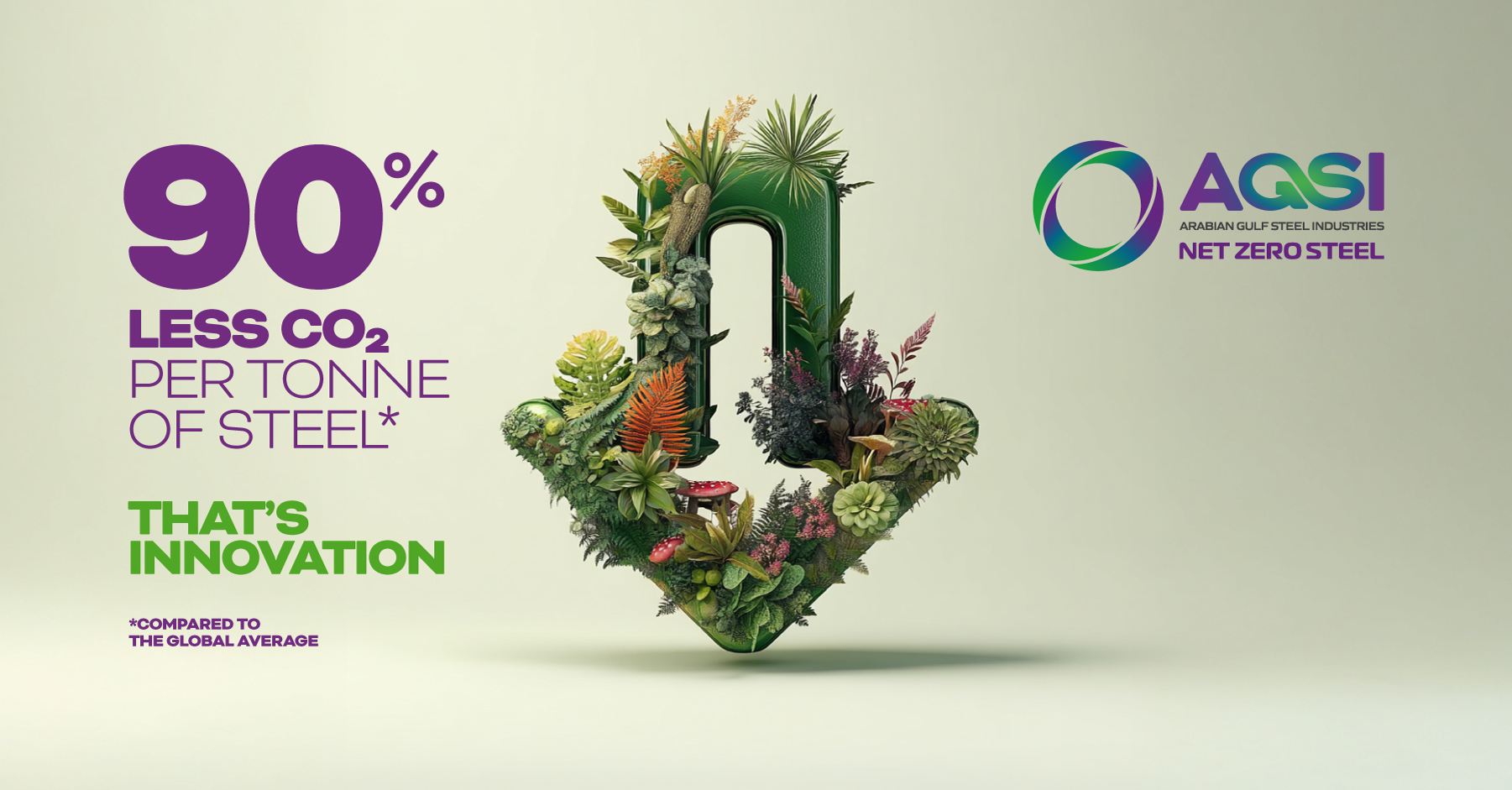Clean Steel Technologies
While this race progresses, a new generation of sustainable production methods are providing realistic alternatives, leading us to rethink what is possible. Electric arc furnaces (EAFs), which melt scrap steel with electricity, can generate emissions that are extraordinarily low if paired with renewable power demonstrating emissions as low as 0.20 t CO₂ per tonne of steel (IEA, 2024).
Another viable alternative is the Hydrogen-based Direct Reduced Iron (DRI) which is a “clean” steelmaking option powered by green hydrogen, that only emits water vapor (European Commission, 2021). These types of technolgies and steelmaking methods, have already been identified and are being explored under the EU Green Deal’s industrial transformation goals (European Commission, 2021).
What about the older infrastructures? Where there is technology, there is a way. One example is the option to retrofit the Carbon Capture, Utilization, and Storage (CCUS) systems on blast furnace-basic oxygen furnace (BF-BOF) lines. Given their proven performance, capturing up to 90% of CO2 from emissions sources, these systems can be valuable tools in the decarbonisation efforts (U.S. Congress, 2022).
Global Policy Momentum
Technology is only part of the equation. This massive undertaking will take coordination between governments and financial markets. In that direction, the European Union is making its Emissions Trading Scheme (ETS) stricter, to achieve an increase in cleaner production by raising the cost of polluting (European Commission, 2023).
In Asia, Japan’s Ministry of Economy, Trade and Industry (METI) is considering steel as a strategic sector, including it in the Green Growth Strategy, granting it eligibility for finance (METI, 2021), and China is piloting numerous steel decarbonization projects to achieve its dual-carbon goals (NDRC, 2023).
Another trend highlighting the economic potential for clean steel is the reduction of renewable energy costs, with IRENA estimating further cost decline through 2030(IRENA, 2024). A substantial development especially for regions with growing access to solar and wind resources (IRENA, 2024).
Leading by Example
AGSI demonstrates a compelling case study in clean steel transformation, making an example of what is possible. AGSI, based in Abu Dhabi, uses 100% locally sourced steel scrap, melting it in electric induction furnaces powered by mostly clean and renewable electricity, delivering industry benchmark results in 2022 by generating emissions of only 0.20 t CO2 per tonnes.
By 2023, the company had achieved net zero Scope 1 and 2 emissions, as verified by PAS 2060. Since its launch, AGSI has avoided an estimated 7.28 Mt of CO2 emissions in comparison to conventional production methods. This achievement reflects the company’s dedication to actualising its vision for a truly sustainable steel sector and its commitment to the UAE’s collective goal to reduce industrial emissions by 93% by 2050.
Still, the act for change doesn’t stop there. Through partnerships with developers like Aldar, SEE Holding and Trojan Construction Group, AGSI is already deploying its low-carbon steel, actively transforming the country’s embodied emissions footprint of a rapidly expanding region.
Conclusion
Heavy industry has long been seen as incompatible with a low-carbon future. But that narrative is shifting. The technologies exist. The policies are in place. For companies like AGSI, the challenge is no longer theoretical. They have shown that real progress is possible. The next step is scale, replication, and collaboration across the value chain.
The real question isn’t whether heavy industry can have a light footprint. It’s how quickly the rest of the sector is willing to follow.
Sources
IEA (2024, 2025), IPCC (2023), Global Carbon Project (2024), European Commission (2021, 2023), U.S. Congress (2022), METI Japan (2021), NDRC China (2023), IRENA (2024)


